Eco-gadget Diversity Day
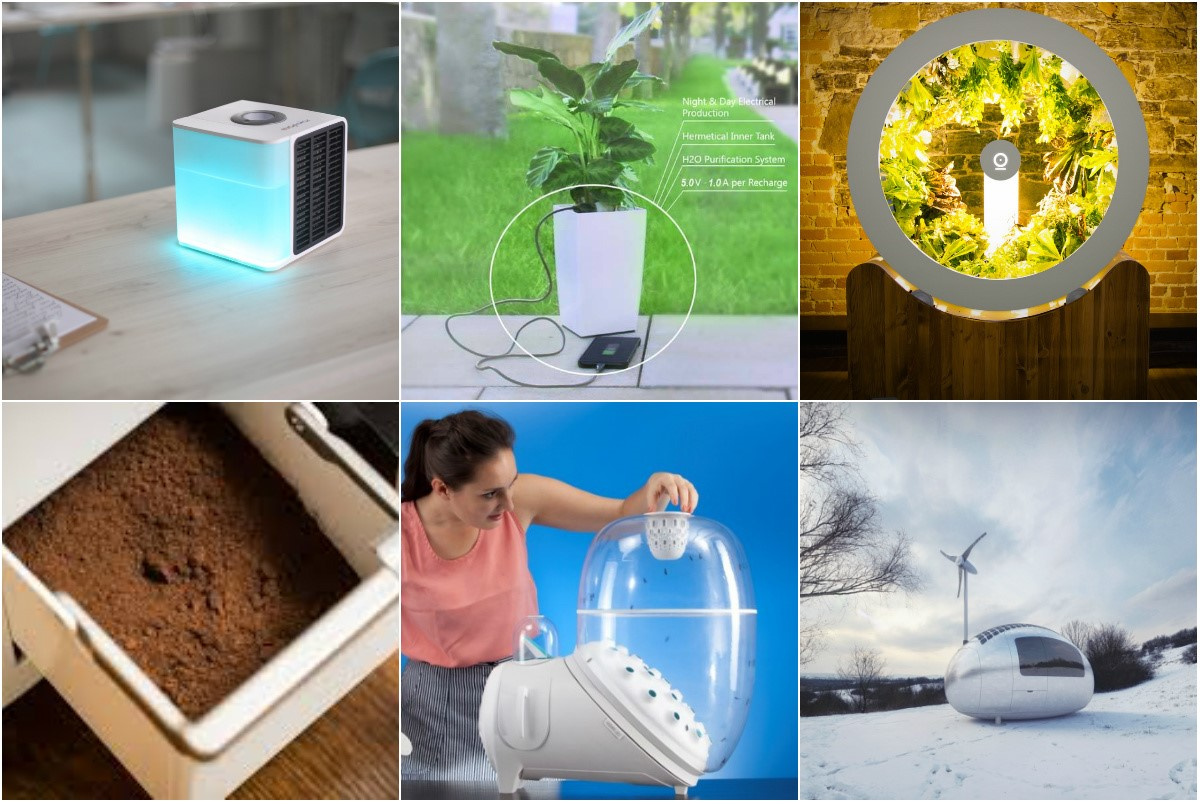
May 12 in Russia celebrate the Day of Environmental Education. The main goal of the holiday is to promote the ideas of environmental protection. Therefore, today we will not talk about devices with a body made from recycled plastic, bamboo or grass - almost every manufacturer of gadgets at one time produced an “eco-oriented” product, but there is little real benefit from such demarches to “green technologies”.
In addition to the usual products with the prefix "eco" (eco flash and other wonderful technologies), and obvious solutions in the field of "green" energy (every second eco-gadget wants to use solar energy), there are still a number of interesting devices that can really teach a more thoughtful approach to technologies.
Evapolar - personal air conditioning

')
Bulky air conditioners, consuming a lot of electricity, icing and blowing employees in the office, disfiguring the facades of houses, are becoming a thing of the past. Evapolar is the world's first desktop personal air-conditioner that cools, moisturizes and cleans the air near your workplace. In addition, Evapolar does not contain toxic coolants.
The mini air conditioner contains basalt paper, the fibers of which are 1000 times thinner than cellulose fiber. The material, whose diameter is only 40 nanometers, absorbs the weight of the liquid into the existing voids, considerably exceeding the own weight of the fibers. Due to this property, Evapolar evaporating plates ensure uniform and intensive moistening of the cooling cartridge and, as a result, energy-efficient air conditioning within a radius of 2–3 meters.
In the fall of 2015, Evapolar conducted a successful campaign on Indiegogo, collecting more than $ 1.2 million from almost 6,500 sponsors. After all the devices were sent to the sponsors, the campaign to raise funds for Evapolar 2 began .
Charging plant gadgets
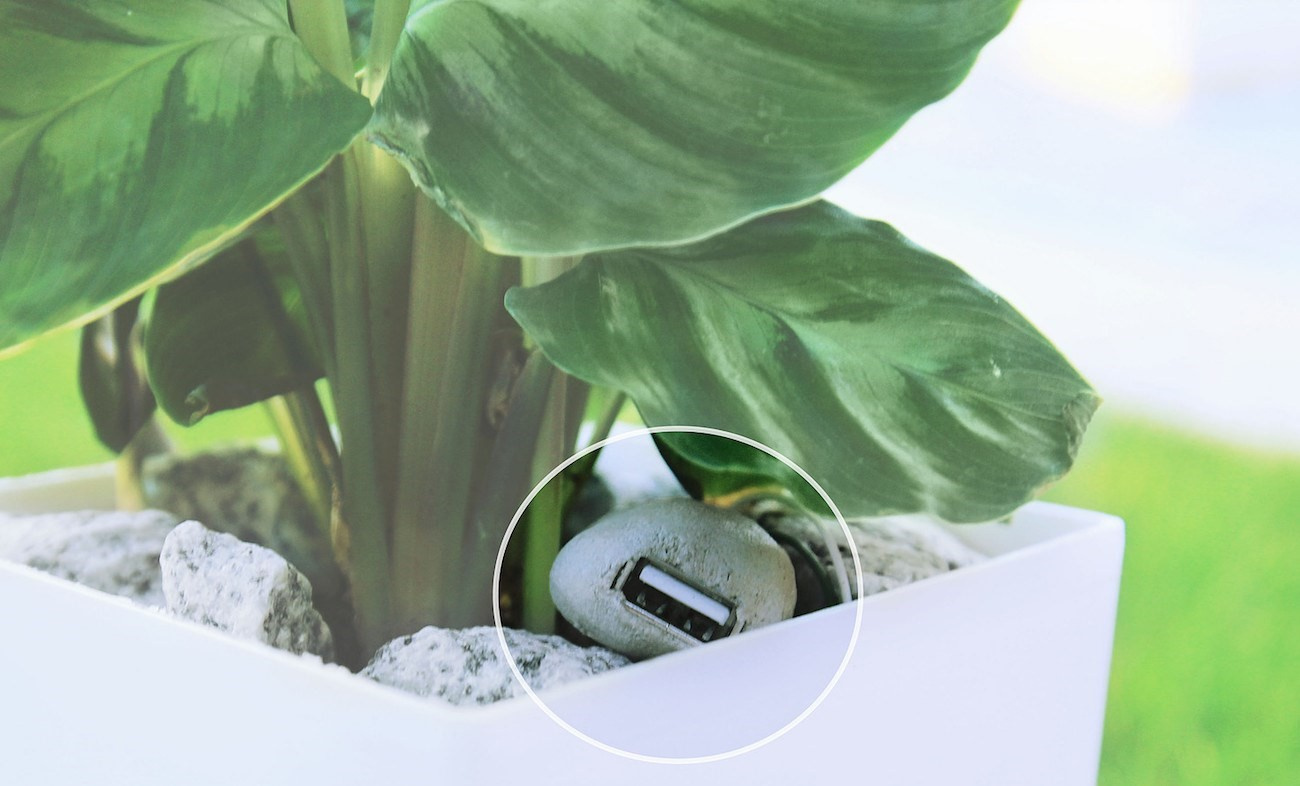
Bioo Lite converts natural photosynthesis of plants into useful electricity. A smart flower pot can be used with any plant, soil and watering system.

Inside the pot there are two containers with a special layer, which, when interacting with water, promotes a rapid increase in the number of microorganisms, making the process of photosynthesis more effective. Bacteria decompose organic compounds, releasing electrons that are collected using inert electrodes, thus converting chemical energy into electricity. At the output through the usual USB port, disguised as a stone, it turns out 3.5 volts and 500 milliamperes.
OGarden - an automated garden

OGarden - an option for lazy gardeners who do not want to weed out the beds on the balcony and grow seedlings in the closet under ultraviolet lamps. Plants will grow inside a slowly rotating wheel. The roots grow in organic nutrient mixture, which is replenished automatically. A lamp located in the center of the wheel will give the vegetables all the light they need. OGarden automatically turns on and off, in the right cycle for plants. All you need to do is plant the seeds, and fill the tank with nutrient fluid once a week.
Food Waste Recycler Whirlpool ZERA
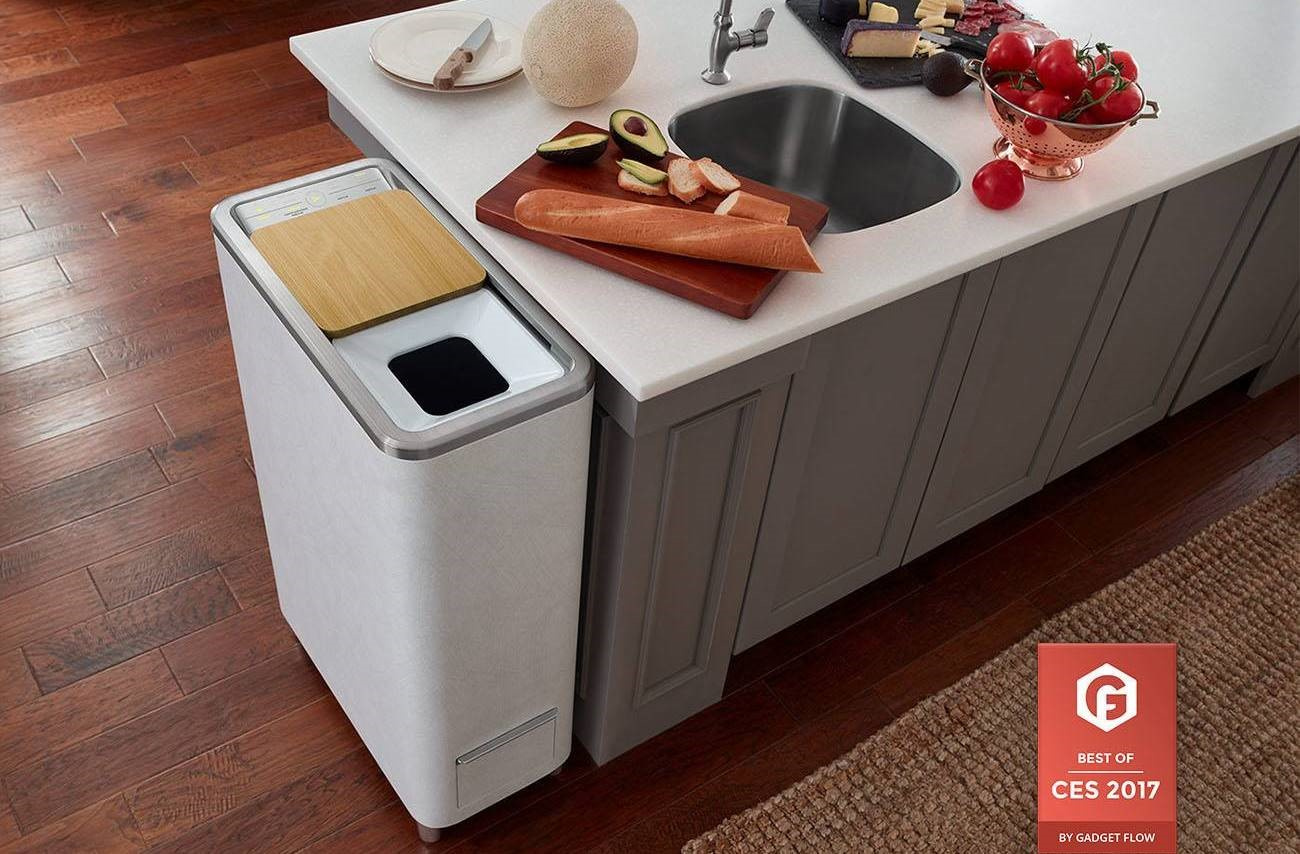
This device, like a regular trashcan, turns any food waste (including meat and jelly) into ready-made fertilizer in 24 hours. In essence, the system uses a fully automated process to reduce waste by two thirds of the original volume. The fertilizer you get is great for plants in the yard (if you have a yard with plants). In addition, the device requires minimal maintenance.
The device stores waste for seven days - capacity up to 8 kg. Content can be monitored using a mobile phone application. The first stage of processing - grinding products. Then the mass enters the second compartment, where transformation into fertilizer begins under the influence of oxygen, moisture, heat, a special mixer to accelerate decomposition, and coconut shell granules, which are added to recycled waste.
The project was released on Indiegogo where collected 827% of the required amount.
Ecozone ecoballs replace washing powder
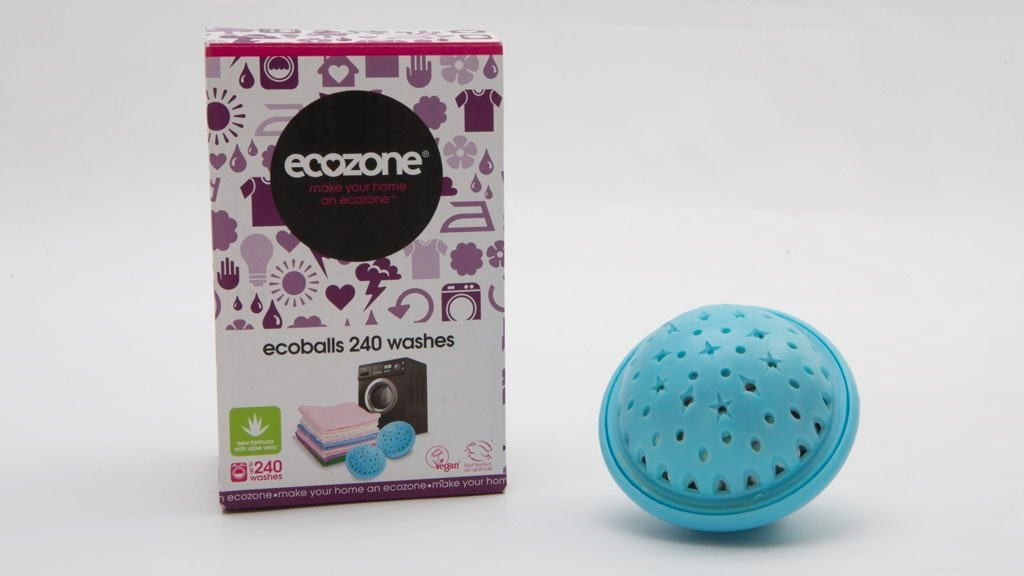
There are two types of detergents: non-biological, which contains bleach for cleaning and disinfection, and biological detergents that rely on enzymes that break down proteins. Enzymes are effective at lower temperatures and less severe for tissues. Now the flow of synthetic detergents into the aquatic environment has reached significant values and from the point of view of ecology they are considered as one of the classes of pollutants. An excellent “green” alternative to detergents is “laundry balls” that contain mineral granules.
Ecoballs are recyclable up to 750 times. They consist of a large number of granules that contain mineral salts. This is a natural alternative product for everyday, but at the same time only slightly contaminated clothing. Most of the ingredients in Ecoballs are similar to those found in ordinary washing powder, but without harsher chemicals.
Farm 432

By 2050, meat production will need to be increased by 50% to meet the growing needs of the population. Since we already use one-third of arable land for the production of animal feed, it is necessary to develop alternative food sources and production methods.
Farm 432 is a system for collecting and storing animal proteins that can be used for cooking. "Farm" is actually a large chamber containing several compartments that play different roles in the process of growing edible fly larvae.
The device contains several compartments. The larvae are placed in the chamber above, where they develop into adult flies. The fly that has turned into an adult moves into a large compartment. Here they intersect and produce larvae that fall into the “kindergarten” zone, mature and then harvest into the compartment, where they can be harvested and eaten. Several of the collected larvae are sent back to the upper chamber to start a new food reproduction cycle.

In fact, this is a tiny real eco-farm for growing protein in your own home. After 432 hours, 1 gram of the larvae turns into 2.4 kilograms of protein, so about 500 grams of larvae can be harvested per week, producing two meals.
Economical shower

If you want to not only help the planet (not the fact that it is possible at all), but also are going to save reasonably, take a look at shower heads that retain a strong pressure, but use significantly less water. PulseEco, for example, allows you to use only half the water of an ordinary shower - the principle of operation will be clear if you watch the video . EcoCamel limits water consumption to eight liters per minute when air is injected into the water stream.
Mobile ecohouse Ecocapsule

If you are tired of civilization and want to merge with nature, but you do not want to become attached to one particular place, pay attention to mobile eco-houses. Slovak company Nice Architects has developed a self-sufficient, eco-friendly, miniature house called Ecocapsule . It is described by the company as a mobile home, “designed for long autonomous living for up to 1 year for one or two people.”
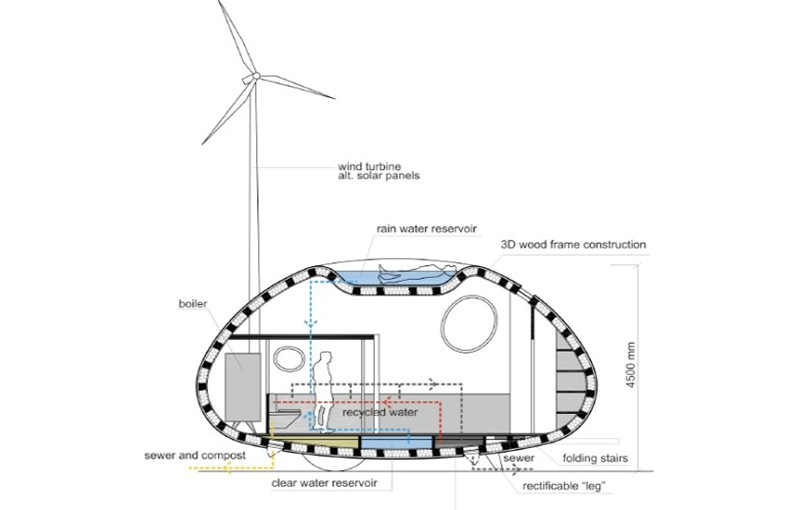
Ecocapsule dimensions are 2.55 × 4.45 × 2.25 m (placed in a standard container for the carriage of goods), weight 1500 kg - can be transported by car on a trailer. A 750 W wind engine and a 2.6 m2 solar panel are responsible for generating electricity. The spherical shape is optimized for collecting rainwater and dew, and the built-in water filters allow you to use any water source.
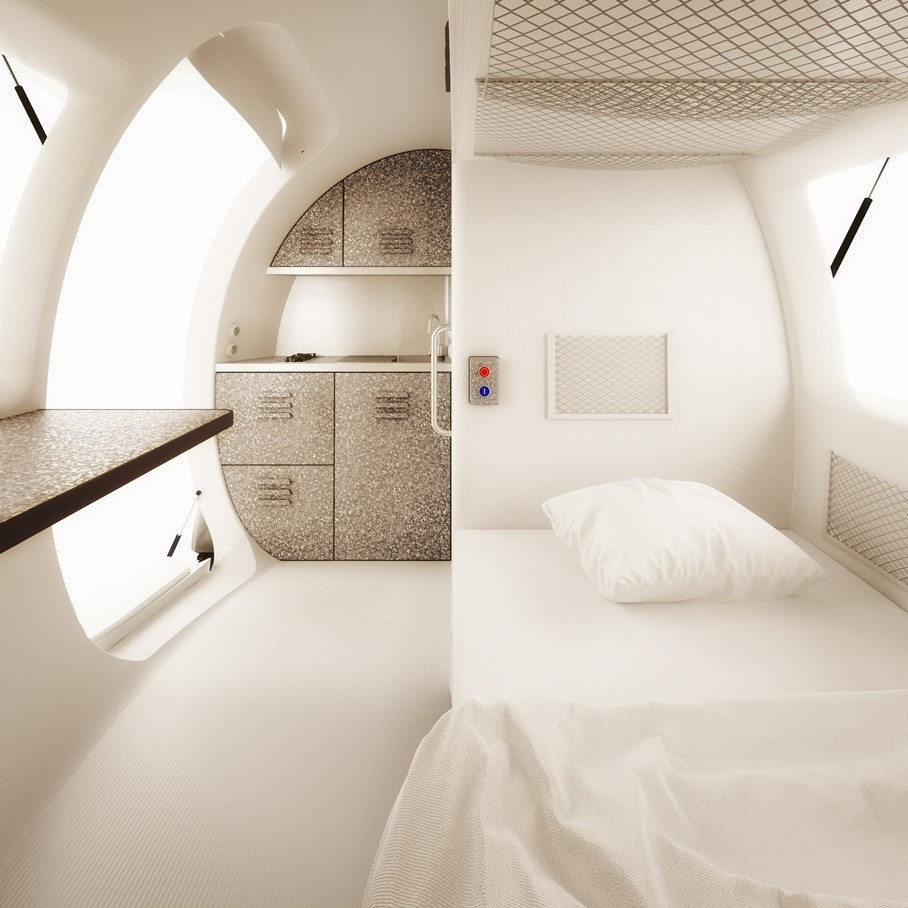
The house has an entire minimum level of comfort: a small kitchen with running water, a washable toilet, a hot shower, a workplace and two heated beds.
Getting rid of batteries

Small Bedol Water Clock for traveling and battery-free homes. Batteries - a big threat to the environment and the smaller they will be, the better it will be for all of us. Due to the electrochemical reaction between the electrodes and water, a sufficient amount of electricity is released to power the clock for 12-14 weeks. The Aqupa Dome Lantern is powered by seawater for 160 hours of continuous light. In addition, the flashlight helps to charge other mobile devices.
Egloo and warm
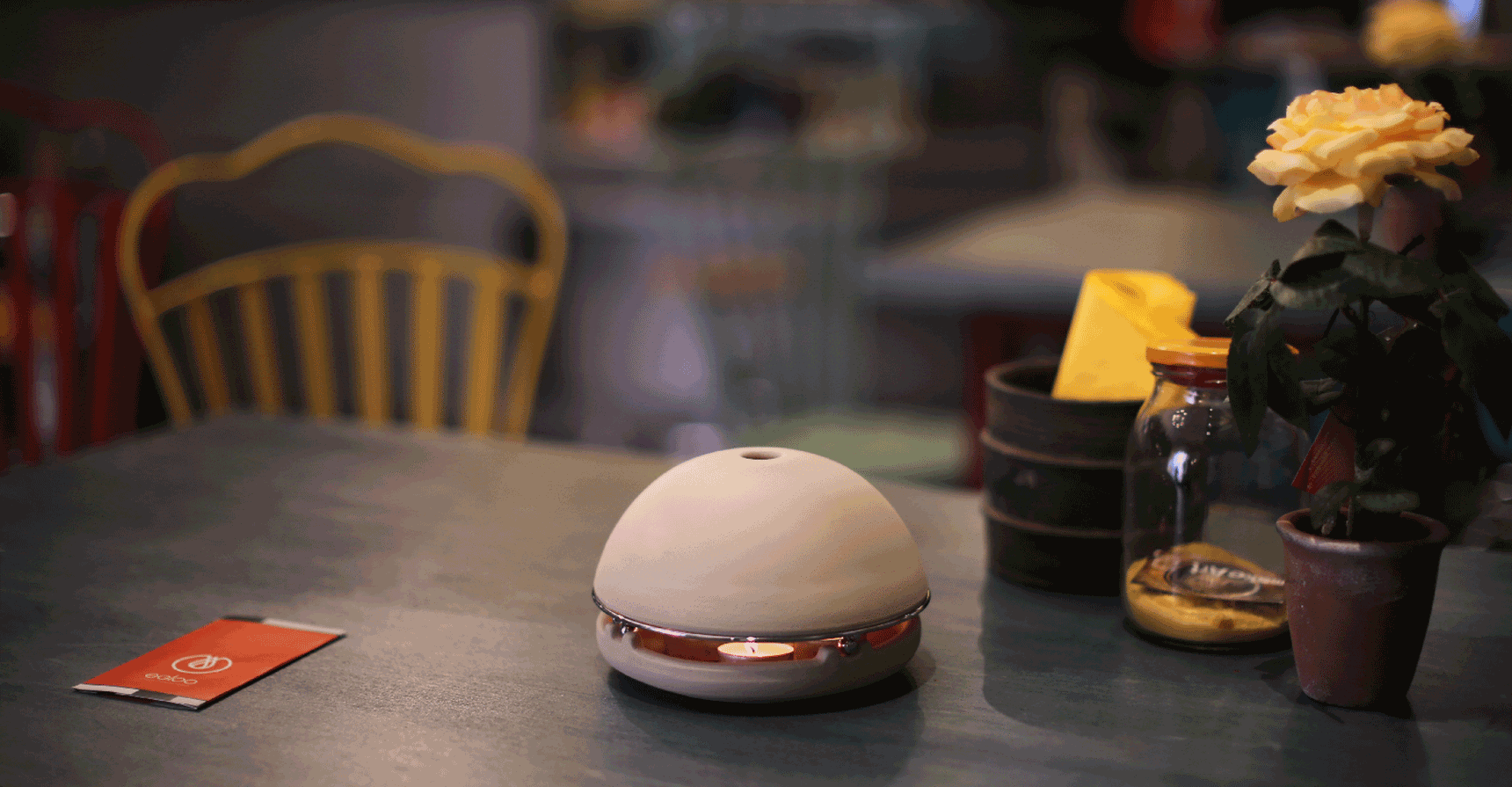
What about heating a house that works without electricity and fuel? Egloo is made by hand from natural Italian terracotta, which can be heated with just four small tea candles. Egloo gives heat to the room, heating it up by 2–3 degrees in half an hour. For 5 hours it is able to heat a room of 20 sq.m. At the same time, the room heater has minimum dimensions: 18 x 18 x 22 cm. The inner dome heats up to a temperature of 140–180 degrees Celsius, and the outer one is 30–50 ° C.
On Indiegogo, the heater collected more than $ 200 thousand, which is 488 a% of the requested amount.
Conclusion
None of the above gadgets is vital, but sometimes these fancy eco-gadgets are more convenient than standard solutions. At the same time, some much more popular devices sold under the guise of “green technology” may be less “green” (or even no “eco” at all) than their obvious alternatives.
Source: https://habr.com/ru/post/370457/
All Articles